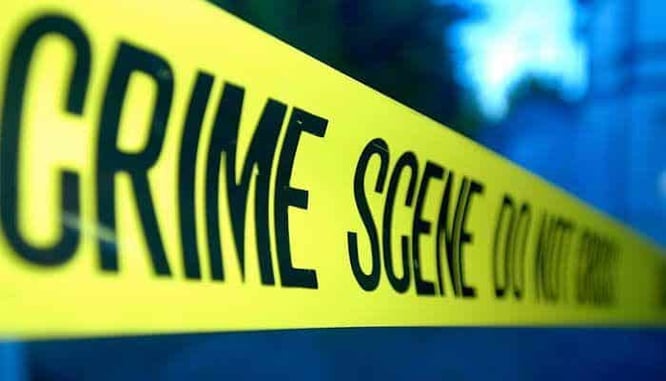By Nick Leghorn via The Truth About Guns
Moments ago we heard that Dianne Feinstein had introduced her “Automatic Gunfire Prevention Act,” a bill which would ban bumpfire stocks like the one used in the Las Vegas shooting among other things. In an attempt to make her new law apply as broadly as possible she not only specifically wants to outlaw bumpfire stocks, but also any modification that makes a firearm fire “faster.” But what exactly does that mean?
Here’s the relevant section:
Except as provided in paragraph (2), on and after the date that is 180 days after the date of enactment of this subsection, it shall be unlawful for any person to import, sell, manufacture, transfer, or possess, in or affecting interstate or foreign commerce, a trigger crank, a bump-fire device, or any part, combination of parts, component, device, attachment, or accessory that is designed or functions to accelerate the rate of fire of a semi-automatic rifle but not convert the semiautomatic rifle into a machinegun.
The issue is in the definition of “accelerate.” Bumpfire stocks are an obvious step, and are specifically named. The same with hand cranks for triggers. But the bill wants to make anything which increases the rate of fire of a semi-automatic rifle illegal, yet it doesn’t do a good job of outlining exactly what that means.
For semi-automatic firearms the rate of fire is completely subjective. An untrained shooter and Jerry Miculek will be able to achieve two very different rates of fire with the same firearm. The bill thankfully isn’t silly enough to outlaw training sessions and gym memberships — it concerns itself only with attachments and physical devices. Tools like the bumpfire stock are obvious targets, but other factors can have similar effects.
Lighter replacement triggers are a great example. A lighter trigger in a firearm can allow the shooter to fire faster than with a heavy trigger simply because their finger is less fatigued. We reviewed one such trigger years ago, the Geissele S3G trigger, which absolutely increases the rate at which a shooter can fire their weapon. For that reason, according to Feinstein’s bill the Geissele S3G trigger would be illegal to purchase or possess in the United States.
Another issue: what exactly is the baseline for the rate of fire?
The baseline rate of fire that can be achieved with a finely-tuned competition rifle and a bare bones budget rifle are two very different things. Would there be one baseline for each weapon platform against which all other examples would be compared? Would manufacturers be required to install the worst trigger possible in order to reduce the rate of fire? Or would it simply be illegal to modify the trigger from the factory installed version, making drop-in replacements like Timney and Geissele illegal?
On its face, it sounds like Dianne Feinstein’s bill, as written, would kill the aftermarket trigger industry and make it illegal to improve the trigger on your rifle. We’ll have to see whether this bill makes it out of committee, and what (if any) amendments would be added to give some clarity to the situation.













![[VIDEO] Max Justice Takes On The Gun Free Zone [Graphic]](https://imagedelivery.net/sbm_lYeJbALkepJgtmRD5w/concealednation.org/2015/08/ScreenHunter_797-Aug.-06-16.06.jpg/w=728,h=381)